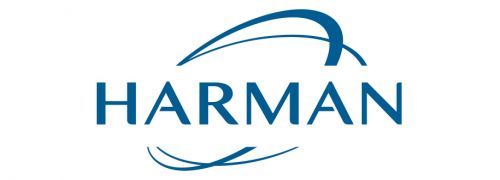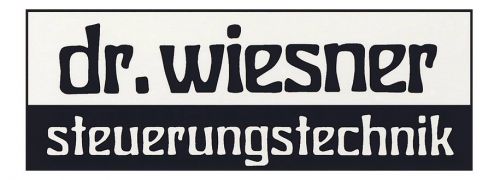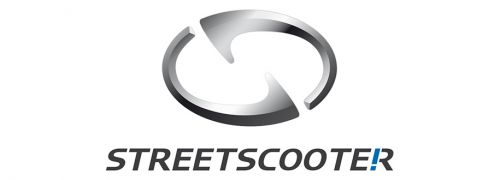

In the area of user interface and HMI testing, all telematics system functions that can be operated by the user / customer are checked for exact implementation in accordance with the specification.
These tests cover all steps from input and processing in the system to response, output and feedback. For example, Areus checks graphic and text content and information on a screen to ensure that it is displayed correctly.
All operating, display and control devices in the vehicle environment are networked on a test bench in a manner that is true to the original and corresponds to the system architecture in the vehicle, and tested in the overall network. Non-existent control units can be virtually created by means of residual bus simulation and integrated into the overall network.
In the area of human-machine interface testing, we investigate and validate how people and machines interact. Furthermore, we evaluate if the system is pleasant to use and if its structure is easy to understand and complete.
To complete and ensure the best possible test results, modern and individually designed audio, video analysis and data logging systems are used. This allows the test process to be precisely tracked, reproduced, documented and evaluated at any time.
When testing control device communication, Areus checks the validity of the transmission protocols, adherence to standards and fulfillment of all specification requirements based on data bus transmission in the system.
Testing CAN bus communication according to ISO standards (e.g. 15765-2) is just as much a part of our services as ensuring the proper functioning of individual and proprietary transmission protocols.
For this purpose, we use our own test and monitoring tools (C++/C#) as well as audio, video analysis and data logging systems based on specially adapted test schedules. This allows the test process to be precisely controlled, reproduced, individually adjusted and perfectly documented and evaluated at any time.
ECU communication can be tested manually and partially automatically on our Conventional Test Benches (CTB), as well as automatically with the Automatic Test Bench (ATB).
Diagnostic tests are used to check the diagnostic services and the “diagnostic trouble codes” (DTC); they are conducted at Areus with the aid of the Automatic Test Bench (ATB). The ATB can be used to carry out a large number of test cases fully automatically without the need for personnel and with little time required. Also, the test results can be automatically analyzed.
In addition, DiVa is used to check the implementation of the diagnostic software in the control units as well as the cycle and response times of the system in automatic tests.
This means that every situation that can occur in the vehicle can be simulated and tested as early as the pre-development stage.
The efficiency of system tests can be significantly increased by means of individually adapted partially and fully automatic test schedules. Areus’ Automatic Test Bench (ATB) is a unique and highly innovative test system developed in-house. The ATB effectively supports both the hardware and software development phases of modern control units.
Test automation is designed by creating and programming specially adapted specific test schedules and test cases. For this purpose, we use various programming languages such as C++, php, Lua, python, LabView or C#.net in order to fully cover the individual needs of our customers.
The test automation is carried out using modern audio and video analysis as well as data logger systems. In this way, we guarantee the highest possible quality in every phase of the test process as well as complete traceability and adaptability.
During fault analysis and reproduction, a team of specialists evaluates identified faults and assigns them clearly to a specific component. This ensures that the faults are forwarded accurately to the relevant supplier for rectification. The analysis is based on the existing protocols (CAN, MOST, Ethernet, one-wire buses).





